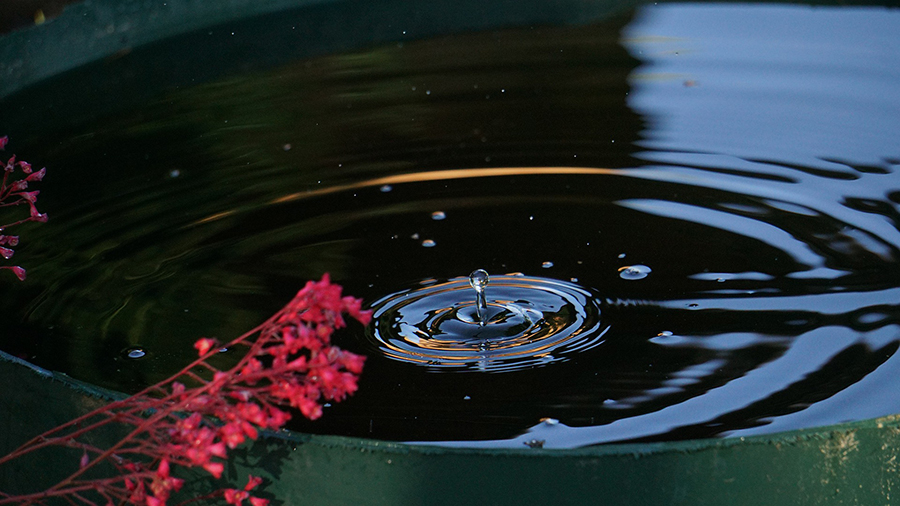For some people, a rainy day brings to mind an image of cozying up with a blanket and a good book. But for homeowners with foundation issues or basement waterproofing concerns, a rainy day can bring feelings of stress and concern for the potential damage the rainwater could cause to their basement.
When water falls and pools too close to a home’s foundation, there is a risk that moisture could damage the home’s foundation and/or basement. From here, many issues can arise, depending in part on the climate of the area. For example, basement owners in Milwaukee and the midwest need to deal with hot humid summers where mold is a threat, as well as frigid cold winters where foundation cracks and leaking pipes are common.
No matter where your home is located, the best tool for successful basement waterproofing is a properly maintained gutter system. By collecting rainwater as it falls down a sloping roof, gutters attach to a roof’s fascia and slope at an angle to direct runoff towards one end or the other. From there, downspouts carry the water down and away from the foundation of the home.
After ensuring your home’s gutter and downspout systems are working efficiently and effectively, you may wonder what additional measures you can take to manage rainwater runoff and protect the integrity of your home’s basement or foundation. For example, homeowners at the bottom of a hill may want to consider an exterior drain tile system or a rain garden to mitigate the amount of runoff.
Rain barrels are another tool to manage rainwater and help keep your basement dry. By sitting under and collecting rainwater from a downspout, rain barrels provide a functional addition by helping homeowners use the water while simultaneously lowering their municipal water bill. An added bonus: installing a rain barrel is an easy weekend DIY project.
Here’s how to install a rain barrel:
- Pick a Location
The first step involved in setting up a rain barrel is choosing which downspout to use. Rain barrels use hoses and faucets to distribute collected rainwater, so homeowners will want to consider using a downspout located close to where they will be using the water most often. In addition, a downspout used by a large and steeply sloping roof will collect more rainwater than one connected to a smaller portion of roofing.
- Assemble the Rain Barrel
Rain barrels can be made of a variety of different materials, but those made of plastic are the most popular choice due to their durability and affordability, as well as the ease with which hoses or spigots can be attached. However, rain barrels made of wood, metal, and even stone are sometimes used.
- Prep the Area
Some homeowners decide to place their rain barrel on a raised support , while others want the rain barrel to sit on the ground. If choosing the latter approach, prepare the ground by digging out about 2 inches of soil and paving with gravel or sand to create a stable and level base for the barrel to sit.
- Adjust the Downspout
If the downspout is not properly positioned, installing a rain barrel can quickly become hazardous. Some downspouts may contain electrical cables or other hazards, so always check the interior before cutting.
Cutting a downspout is often accomplished by using tin snips to poke a hole at the intended height and simply cutting off the excess. Sometimes, an elbow attachment is then installed to accommodate the placement of the barrel.
- Plan for Overflow
To address the issue of overflow, an overflow hose should be installed by cutting a hole near the upper rim of the barrel. An overflow hose is typically made of flexible plastic tubing and allows users to easily direct overflowing rainwater away from their basement.
That’s it! Once your rain barrel is installed, you can enjoy the convenience of having water handy to water your plants and flowers while also protecting your home’s basement from added moisture.
If your home is in need of basement waterproofing or foundation repair in the Milwaukee-area, you need an expert on your team. At Zablocki Waterproofing, we help local people just like you with expert basement waterproofing and basement wall repair solutions so they can protect their homes for years to come. Give us a call today with questions or to schedule a consultation.





